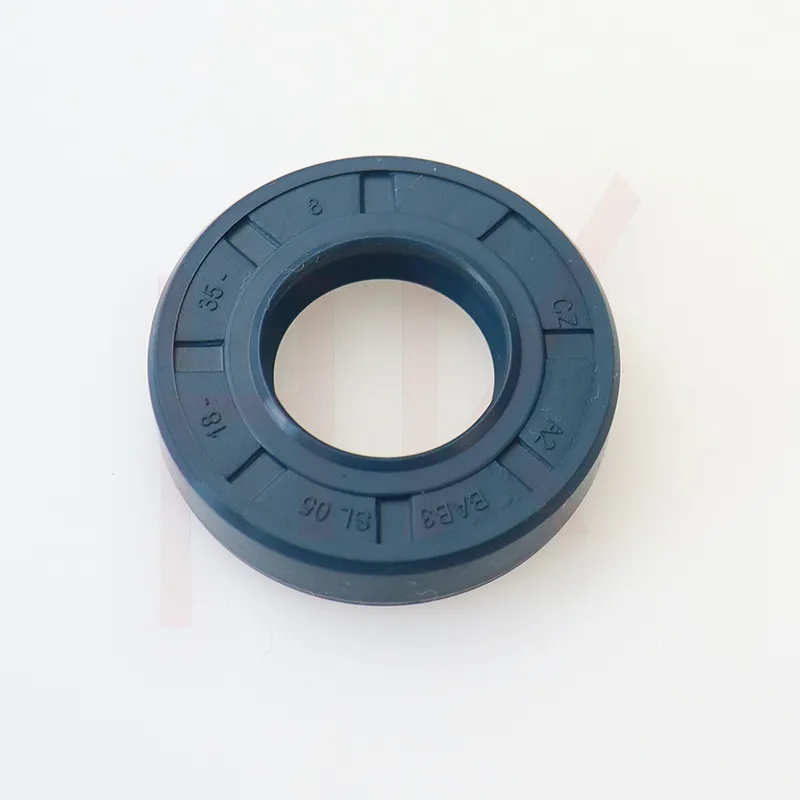Srp . 07, 2024 14:41 Back to list
Exploring the Efficiency and Innovation of High Pressure Shaft Technology in Modern Engineering Applications
Understanding High Pressure Shafts Technology and Applications
High pressure shafts are critical components in various engineering applications, especially in industries that require the transmission of power and fluids under considerable pressure. These shafts are designed to withstand extreme forces and ensure efficient performance in systems such as turbine engines, compressors, and hydraulic machinery.
What is a High Pressure Shaft?
A high pressure shaft is a cylindrical mechanical element that plays a key role in transmitting torque and rotation while withstanding high pressure environments. These shafts are commonly made from high-strength materials such as stainless steel, titanium, or specialized alloys that provide durability and resistance to wear and corrosion. The design of high pressure shafts often incorporates features to enhance their performance, such as precision machining and surface treatments that reduce friction and prevent fatigue.
Key Applications
1. Aerospace Industry In aerospace applications, high pressure shafts are integral to engines and propulsion systems. They are used to connect turbines to compressors, where they transfer energy efficiently while operating under extreme conditions. The reliability of these shafts is critical, as any failure could lead to catastrophic results.
2. Oil and Gas Exploration In the oil and gas sector, high pressure shafts are fundamental in drilling and extraction equipment. They must endure high pressures generated during the drilling process, as well as resist corrosive environments filled with chemicals and saline that can degrade less durable materials.
3. Hydraulic Systems High pressure shafts are also widely used in hydraulic systems, where they act as power transmission components. These shafts must be capable of withstanding not only the high pressures typical in hydraulic systems but also the dynamic loads resulting from operational cycles.
Design Considerations
Designing a high pressure shaft requires careful consideration of several factors
high pressure shaft

- Material Selection Choosing the right material is vital. Engineers must consider factors such as tensile strength, fatigue resistance, and corrosion resistance. The environment in which the shaft will operate plays a significant role in material choice.
- Dimensional Tolerances Precise dimensional tolerances are necessary to ensure proper fit and function within machinery. Any deviation can lead to inefficiencies or catastrophic failures.
- Surface Finishing Surface treatment processes such as hardening, coating, or polishing can significantly affect the performance of a high pressure shaft
. These treatments help reduce friction, increase resistance to wear, and extend the component's lifespan.Challenges in High Pressure Shaft Design
One of the primary challenges faced in designing high pressure shafts is managing the balance between weight and strength. In applications such as aerospace, reducing weight without compromising strength and integrity is crucial. Advanced materials and composite structures are often explored to meet these demands.
Another challenge is the need for precision under varying operational conditions. Engineers must ensure that the shaft can handle not just static loads but also dynamic stresses that arise during operation.
Future Trends
The future of high pressure shaft technology is likely to be influenced by advancements in material science and engineering. Innovations such as lightweight composites and 3D printing are poised to revolutionize the production of high pressure shafts, allowing for more complex geometries and enhanced performance characteristics. Additionally, the integration of smart technologies into these components, enabling real-time monitoring and diagnostics, can enhance reliability and safety.
Conclusion
High pressure shafts represent a vital component in numerous industrial applications, driving efficiency and reliability in systems that demand high performance. As technology advances, ongoing research and development in materials and design methodologies will continue to push the boundaries of what is possible, ensuring that high pressure shafts remain at the forefront of engineering innovation.
-
TCN Oil Seal Metal Ring Reinforcement for Heavy Machinery
NewsJul.25,2025
-
Rotary Lip Seal Spring-Loaded Design for High-Speed Applications
NewsJul.25,2025
-
Hydraulic Cylinder Seals Polyurethane Material for High-Impact Jobs
NewsJul.25,2025
-
High Pressure Oil Seal Polyurethane Coating Wear Resistance
NewsJul.25,2025
-
Dust Proof Seal Double Lip Design for Construction Equipment
NewsJul.25,2025
-
Hub Seal Polyurethane Wear Resistance in Agricultural Vehicles
NewsJul.25,2025
-
The Trans-formative Journey of Wheel Hub Oil Seals
NewsJun.06,2025
Products categories
















